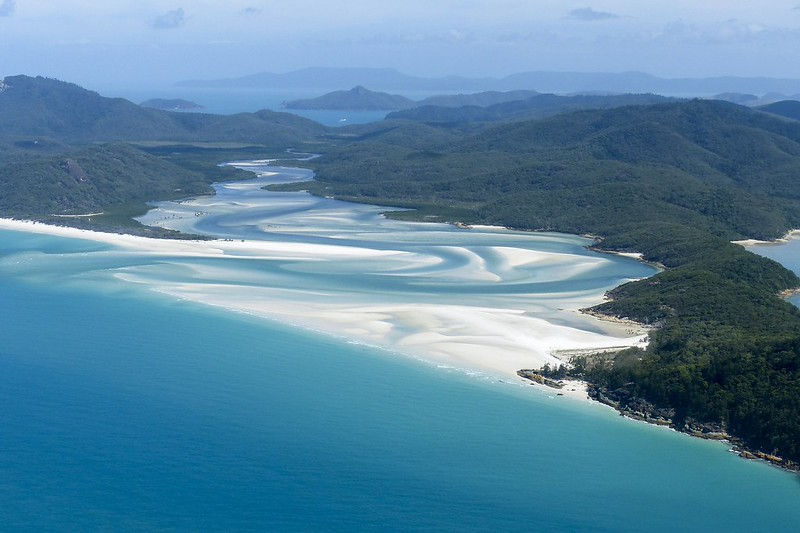A Tribute To The “Koala-Sniffing-Dogs” Australia 🎥
- Feb 12, 2020
- 3 min read
Catastrophic and unprecedented bushfires in Australia have killed more than 28 people, destroyed hundreds of homes and burned hundreds of thousands of hectares of land, causing massive devastation to wildlife, ecosystems and the environment. The fires come after Australia's hottest, driest year on record. Many forests will take decades to recover and the crisis is pushing some animals closer to the brink of extinction. Until the fires subside, the full extent of the damage will not be known.

In all this tragedy glimmers of hope include the heartwarming moments of humanity among the ashes, selfless acts of bravery, everyday Australians helping each other and the deep felt empathy expressed worldwide.
Unexpectedly, amongst those firefighting heroes are dogs; they are being trained to rescue koalas during the fires. Australian working dogs - blue and red heelers, kelpies and border collies as the main breeds - are known for their high energy, strong work ethic and good nature. But what happens when they don’t quite fit into farm life or domestic life? The “Detection Dogs for Conservation” group at the University of the Sunshine Coast in Queensland/Australia are training, testing and using those particularly energetic dogs to become detection dogs for a range of research and conservation activities. (For more information see link in the references list below.)

A dog’s ability to smell is believed to be between 1,000 and 10,000 times better than a human's. The right dog can be trained to track anything that emits an odour, whether it’s flora or fauna, on land or even under the sea! Because they can smell what we can’t see, dogs are used in conservation to track rare animals, detect pest species, and locate threatened native plants.
Koalas can survive weeks following a fire, but they are likely suffering from severe burns and smoke inhalation. Finding these surviving koalas, many of whom are injured and distressed, to provide them proper care and rehabilitation, and then relocate them to safer areas has been a challenge. And that is, where the deployment of koala detection dogs is of great value. These trained detection dogs locate koalas by recognising the scent of koala fur as well as fresh koala scat.
IFAW (The International Fund for Animal Welfare is one of the largest animal welfare and conservation charities in the world. The organisation works to rescue individual animals, safeguard populations, preserve habitat, and advocate for greater protections. Wikipedia) shared about “Bear’s” (one of the many dog heroes) training and upkeep:
“He was brought in for assessment at about 1 year old. Within minutes, the team knew he was ‘The One’ they had been looking for to train on live koalas. He is high-energy, obsessive, doesn’t like to be touched and is completely uninterested in people, which sadly means he doesn’t make the ideal family pet. But these qualities do make him a perfect candidate for a detection dog, which is exactly why he was chosen. He also has zero prey drive, which is essential for a wildlife detection dog, as they need to focus purely on the scent and not the animal, ultimately ignoring the animal.”


🐶🐨 Detector Dogs Find Koalas Surviving in Burnt Out Forest | WWF-Australia (1:49)
Bushfire conditions are now more dangerous than in the past, and the risk to people and property has increased. For well over 20 years, scientists have warned that climate change would increase the risk of extreme bushfires in Australia. This warning was accurate. Without drastic cuts to carbon emissions on a global scale, scientists warn that extreme weather will become more severe and frequent, fueling ever-intensifying fire seasons.
The most direct link between bushfires and climate change comes from the long-term trend towards a hotter climate. Climate change is now making hot days hotter, and heatwaves longer and more frequent.
“We need urgent emissions reductions, and a coordinated national effort on coping with worsening extreme weather disasters”. Greg Mullins, Climate Councillor, member of the Emergency Leaders for Climate Action and Former NSW Fire and Rescue Commissioner (Climate Council 2019).
As we're not standing yet at the precipice - in the eyes of many - something tells me things will get worse before they get better.
With hope, for the planet...

REFERENCE
Australian Geographic, 2020 (viewed 12.02.2020)
Climate Council Australia, Nov 2019 (viewed 12.02.2020)
USQ - University of the Sunshine Coast, Dec 2019 (viewed 12.02.2020)
WWF - World Wildlife Fund, 2020 (viewed 12.02.2020)






Comments